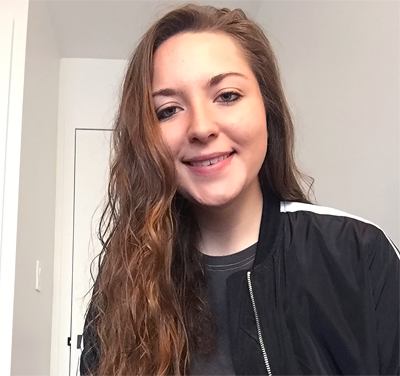Let's talk about radio imaging. If you are a broadcaster or are considering creating your own station, you've likely heard about radio imaging. What is it though and why's it so important? Well, we've got the answers to all your questions about radio imaging.
What is Radio Imaging?
Radio imaging is the term used to describe the sound effects and music, like voiceovers, jingles, music beds, and sweepers, designed to brand your station. Similar to visual branding elements, such as a logo, brand colors, etc., radio imaging is just the auditory elements that you can use to identify and individualize your station. Sometimes also referred to as “sonic branding,” radio imaging not only helps your station stand out above your competitors, but it can draw in listeners as well as build excitement about your station.
Note that there are two different categories of radio imaging: stationwide radio imaging and show-specific imaging. Stationwide radio imaging aims to identify the station as a whole. This kind of imaging should encompass what your station is about and is often in the form of sweepers, which identify the station to the listeners in between songs or segments. On the other hand, show-specific imaging is often used to distinguish each DJ's show. This imaging tends to be in the form of an intro, outro, and/or promos.
Why is Radio Imaging Important?
Simply put, radio imaging is important because radio is an audio-based medium, so auditory branding is especially crucial. While visual branding is also helpful, your station will never be as identifiable as it could be if it had some strong radio imaging. With that said, you should have radio imaging on your station because:
- It helps people instantly identify your station.
- It gives listeners an idea of what to expect and informs them of your format.
- It distinguishes your station from other stations, making the listening experience unique, especially in relation to stations with similar programming to yours.
- It gives your station a professional feel.
- It allows you to self-advertise at a low cost.
- It encourages return listeners.
- It can assist you with attracting new listeners.
- It helps you to create the tone, mood, and feel of your station in order to appeal to a particular demographic.
- It maintains the flow as imaging creates a transition in between songs, segments, etc.
Types of Radio Imaging:
- Jingles: Short music items that include sung slogans, catchphrases, and your station's name.
- Sweepers: Spoken announcements, less than 20 seconds long generally, that play just before the next song starts as an overlay. Your station’s name is usually included.
- Ex: “You’re listening to the best [Insert kind of programming on your station] on [Insert station name].”
- Note that these are also often referred to as liners, bumpers, radio imaging, sweeps, station imaging, stingers, IDs, idents, promos, shotguns, and intros.
- For more information, check out this article.
- Acapellas: Jingles that are sung without instrumentals.
- Music Beds: The melody part of a song without any spoken words or vocals.
- Liners: A quick announcement of the station’s name.
- Ex: "You're listening to [Insert station name]."
- Bumpers/Stingers: Short audio pieces, about 60 seconds long, that include a sweeper followed by short clips of upcoming songs or talk pieces.
- Promos: Short talk pieces that let listeners know about upcoming programs and urge them to tune in. They should convey emotion, give just enough info to tease, and mention the date and time.
- Drop-ins: Short audio clips from TV, songs, or movies.
- Drones: Prolonged sound effects used to create anticipation and tension.
- Intros & Outros: Audio clips that contain music, your station name, slogan, announcements, etc. to indicate the beginning and end of your show. These create a smooth transition, help keep listeners interested, and provide clear identification.
- Listener Voices: Testimonial from your listeners about your station.
- Ex: "I love [Insert station name] because they play all the latest R&B."
- Voiceover: Audio that contains a voice that is not part of the narrative.
- Voiceovers are usually used in other radio imaging types.
Note that you cannot approach radio imaging with a one size fits all mindset. To get the best radio imaging, it is vital that it corresponds with your content. For example, a News/Talk station should have radio imaging that sets a more serious tone than the radio imaging on a R&B station.
Where Do I Get Radio Imaging?
You can create your own radio imaging, hire a voiceover actor, or use an online service that provides you with radio imaging. As a Live365 broadcaster, you can get in on a special deal to access Benztown's powerful imaging libraries. For more information on the exclusive deal, check out this article.
So, there you have it! Radio imaging is part of your branding, but instead of visual elements, it's all about the sounds that identify your station. With that said, radio imaging can help to make your station more distinct and memorable, meaning radio imaging has a large part in your growth potential. Now that you've got all the info on radio imaging, it's time to get yourself some awesome radio imaging for your station!
See how many stations have joined the Radio Revolution at https://live365.com/listen. Keep up with the latest news by following us on Facebook (Live365 Official and Live365 Broadcasting) and Twitter (@Live365 and @Broadcaster365)!
Article Image: Jonathan Farber via Unsplash.

